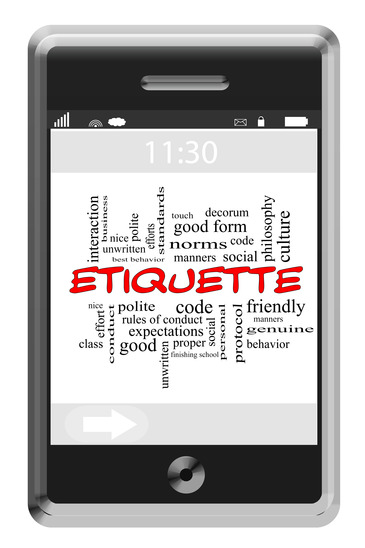As marketing communications strategists who work with a variety of business professionals, it’s important for us to stay current with digital resources to help us learn and grow in order to exceed our clients’ expectations. To accomplish that goal, we participate in industry webinars, listen to podcasts, attend industry trade shows and read a variety of books, magazine articles and internet stories. We believe some of the digital resources we’ve discovered and use can help you expand your marketing horizons and achieve your business goals. Here’s our digital resources list broken down by categories.
Boost Your Marketing With These 17 Digital Resources









